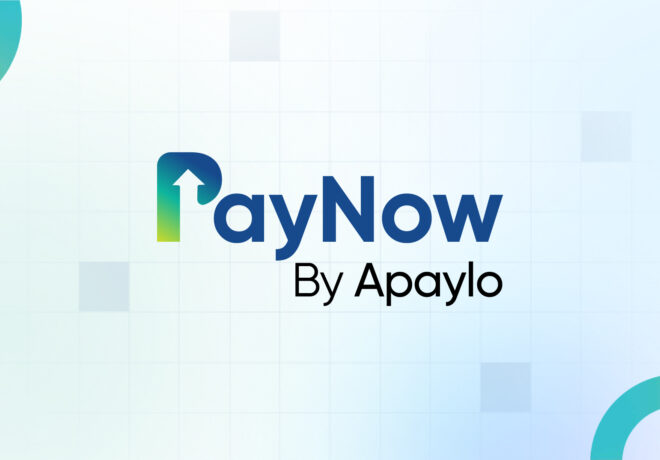EFT or EMT; which one should I use for Canadian payments and banking?
So, by now I’m sure you have heard of both Electronic Funds Transfers, or EFTs, and Email Money Transfers, or EMTs. But WHAT exactly are all the differences between these two? Read on, electronic payment enthusiast!
What is an EFT?
When it comes to EFTs, they have larger value limits, in part due to their nature of being a bank-to-bank transactions. They typically take one day to settle, again due to the nature of two bank accounts being involved in the “conversation”. This can be disadvantageous depending on the industry but has perks to make up for it compared to EMTs. An Electronic Funds Transfer can be set up to be recurring (like a subscription) and while that requires a Pre-Authorized Debit form, the benefits are substantial for a business to set up scheduled payments. By using fewer resources and time to pull funds from customers, you can focus more on the business itself.
What is an EMT?
Now, EMTs have lower limits than EFTs; usually amounting to $3k for individual users, and a ceiling of $25k for commercial accounts. This limitation is set by the originator’s bank and can often seem arbitrary. While this might seem like a headache for some, the settlement speed certainly is not. Once the EMT’s email is received, the money settles anywhere from 20 minutes to as little as 30 seconds; very advantageous in a fast and furious marketplace! Any finance expert would advise you that having a shorter cash cycle can be very beneficial. Making sure customer payments are in your hands sooner, overall, leads to more opportunities for a business to invest.
Back to EMTs though; these are also usually peer-to-peer as the bank does not need to be involved in the issuing and the receiving of the transaction. One easy way to understand the fluidity of EMTs is to be aware that the payment rail they ride is the same as Interac’s (the same as your debit card).
EFTs are straightforward bank-to-bank transactions, but Email Money Transfers do get to skip the additional processes involved.
What to pick for your Canadian business payments?
So which is better? Like many answers in banking, it’s not straightforward! We ran a poll on LinkedIn, and found that more than double the amount of you preferred EMTs over EFTs! Why did it lean in this direction? It can be any number of factors; familiarity, size of your enterprise, type of industry, etc. We’re not here to push one over the other. Rather, we want to emphasize that both have an important place in money transfers for Canada.
Don’t let this blog be the only education; continue to keep an eye out on these transfer methods, and how the marketplace incorporates them both in transactions. If you want to explore unique implementations of both of these payment methods for your business, reach out to chat more!







